What is SEO?SEO stands for Search Engine Optimisation and is the practice of increasing the quality and quantity of traffic to your website through organic search engine results. Quality Traffic: You want to ensure you are attracting people who are genuinely interested in what you offer. Quantity of Traffic: Once you are attracting the right people to click through to your website, now you want to attract MORE of those people. Organic Results: You can generate a lot of traffic to your website from paid adverts. However, SEO is about attracting organic traffic i.e. traffic you don’t have to pay for. Why is SEO important for photographers?SEO is important for boosting your ranking in search engines so that your photography website will appear higher up the results and therefore get exposure to the maximum number of people. Think about when you’re searching for a product or service. How many pages of results will you generally click through? If you’re anything like me, you probably won’t get past page 2. In fact, in most cases less than 2% of searchers make it to the third page of results on Google. That’s why it's important to get as far up the listings as possible, and preferably to page 1 of the results for your key search words and phrases. How do Search Engines work?When you create a website, search engines like Google and Bing identify your site and add it to their index (the websites stored in their massive database which is over 100,000,000GB in size). So getting your site indexed is the first step in the process. This generally happens automatically but you can check by going to google.com and typing in "site:yourdomain.com" (without the quotes). Once your website is indexed, it can then be ranked, in other words, how high up the search results it appears. Google uses over 200 factors to rank your website including things like site speed, whether or not it’s mobile-friendly, its similarity to other websites and the quality of your content. If you want to rank the best, you've got to be the bestIf you want to rank among the best, you have to actually be the best. Google’s primary objective is to return the highest quality results for any given search. If Google can help people find answers and solve problems, those people will come back and use Google the next time they’re searching for something. If Google throws up poor quality results on the first page, users will simply go search somewhere else. It’s as simple as that. Ask yourself these questions to help determine how “good” your website really is…
Action Plan for Getting Started with your SEO
1. Nail your keywordsPut yourself in your clients shoes. What words and phrases are people not likely to search for to find you? To start with, create a list of core search words. What type of photography do you do? Write down all variations of it e.g. family portraits, family photographer, family photography, family photos, family photo studio Where are you located? City or Town Nearby cities or towns County Region Nicknames or abbreviations for your town/city/county/state Using this info, there are 2 patterns that tend to work well for photographers according to this highly detailed and useful resource: https://www.fuelyourphotos.com/seo-for-photographers [city][type of photography] photographers e.g. houston family photographers or [type of photography] photographers in [city, state abbreviation] e.g. family photographers in houston, tx You can use free tools like mergewords.com to compile a list with the variations based on your core words. When you’ve created a list of keywords, use a tool like moz.com to see if people actually search for them, and check the monthly volume for them. After all, there’s no point optimising for keywords that nobody searches for! When using moz, it’s a great idea to check out high volume keywords that aren’t necessarily linked to your photography but may be very much related. For example, say you’re a wedding photographer based in Yorkshire and you see a high volume search for “wedding venues in yorkshire”, why not write a blog post about the top 10 wedding venues in Yorkshire. People looking for wedding venues may also need a wedding photographer so you’re putting yourself on their radar by offering valuable information for something they are interested in right now. 2. Where to put your keywordsPage Titles Think of your page title as your shop window. Your page title will show in 3 key places making it super important for SEO and clickability. It shows in 1) the tab of your browser, 2) as the main title in search results and 3) as the headline of a shared link on social media. The title should describe the content of that specific page and make people want to click on it. You need to try and incorporate important keywords but bear in mind that you should stay within a character limit of around 55-60 characters. An example of a page title for the home page of a Family photographer in Houston could be: “Jane Coe Photography: Family Photographers in Houston, TX” An example of a page title for our wedding venue blog post example: “10 Best Wedding Venues in Yorkshire” Meta Descriptions While not used for ranking by search engines, it’s still very important as it will help searchers determine if the content is relevant to what they’re looking for and likely to answer their question or offer the solution they need. It’s the text that appears under the title and link of a search result. Because it isn’t used as a direct ranking factor, there’s no need to stick it choc full of keywords. Instead, describe in clear, plain language what the content of the page is about that will make the searcher want to click to visit it. Headings Headings are designed to signify topics so are often looked at by search engines as indicators of the page content. There are various heading sizes with <h1> being the largest so it’s recommended that you use one of these at least on each page. You can use other headers like <h2> and <h3> for sub topics within the page. Main Text It may be tempting as a photographer to avoid using much text on your pages and instead cram it full of beautiful photos. However, body text is important for SEO. Be careful to not just write text solely for the purposes of the search engines though – keep it natural and fairly concise. You don’t need thousands of words on every page but aim for around 400 to 800 words on your most important pages. ⚠️ Word of Warning: Don’t be tempted to “keyword stuff” your pages. Search engines are clever and they can spot what you’re doing. Instead, go for quality over quantity and make sure to use simple, natural language that speaks to the end user rather than using “filler copy” that you *think* search engines will like – chances are they'll figure out what you're doing and may even penalise you for it! Image ALT Text ALT text stands for Alternative Text and is used for accessibility. If someone has images turned off or is using a screen reader, the alt text is what will be shown or read instead. So your alt text should describe the content of the image and is a great place to include keywords. Alt text is also displayed on Google’s image search and when an image is shared on Pinterest, so bear that in mind too. Image File Names This isn’t a highly important factor for search engine ranking so don’t spend hours giving unique filenames to every single image you have on your website. However, keep it simple, and if showing images from a photoshoot, use a common name with a number suffix. For example, a senior photoshoot taken in 2 locations could be named using 2 sets of image filenames like: carters-lake-senior-session-alice-fraser-001.jpg carters-lake-senior-session-alice-fraser-002.jpg carters-lake-senior-session-alice-fraser-003.jpg st-judes-high-school-senior-alice-fraser-001.jpg st-judes-high-school-senior-alice-fraser-002.jpg and so on. It’s easy to do this exporting from something like Lightroom. 3. Get LinkingBacklinks & Outlinks It’s worthwhile to work on getting some good quality backlinks. Backlinks are basically any link from an external website to yours. The key here is quality over quantity. A good quality backlink from a popular, relevant and trustworthy site is worth far more than 100 links from dodgy websites. You can also link out to other websites which can result in further indexing of your website by the Search Engines. TIP: When linking to other websites from your own, ensure they are good quality, trustworthy and relevant websites. Linking to a spammy or dodgy website or one that has no connection to you and your photography will negatively impact your SEO. And don’t overdo the number of outlinks either. Again, quality over quantity is what works best for SEO. Tips for getting backlinks:
|
AuthorsRonan Ryle Archives
August 2023
Categories
All
|
Information |
Products |
|

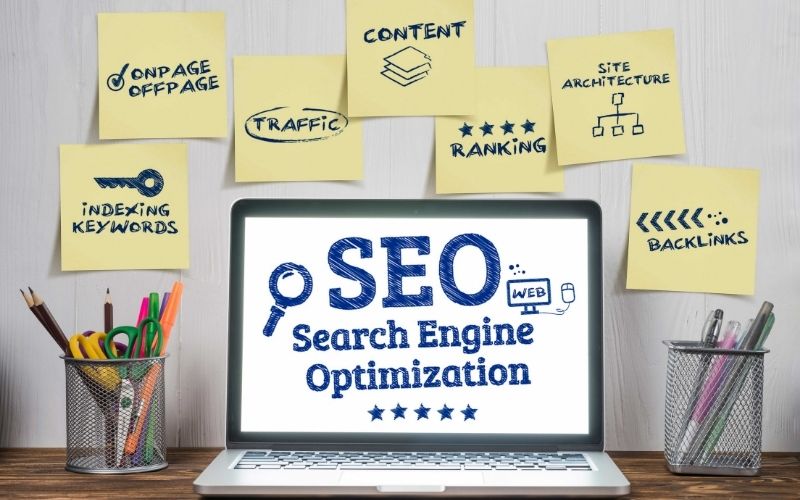
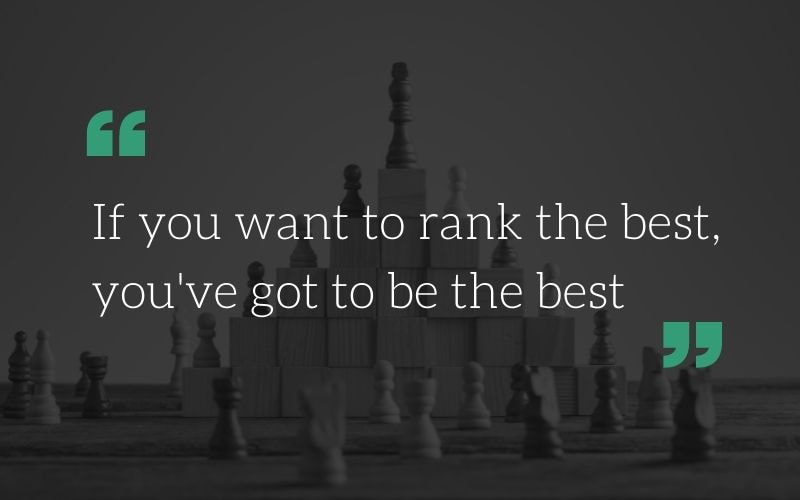

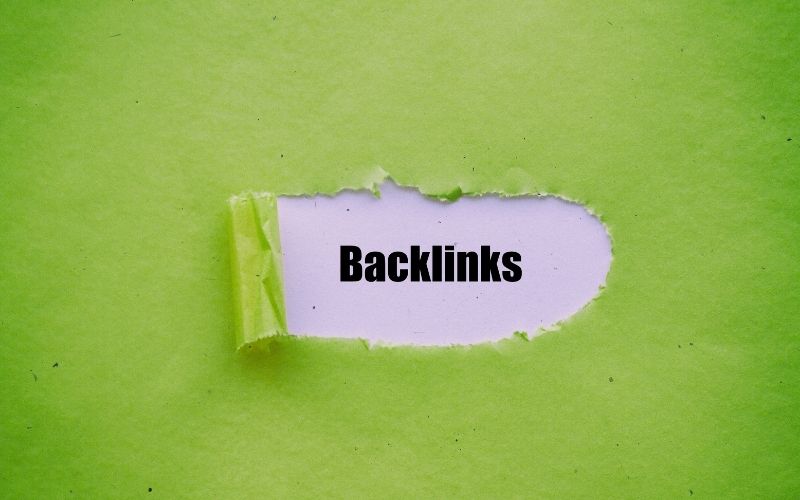
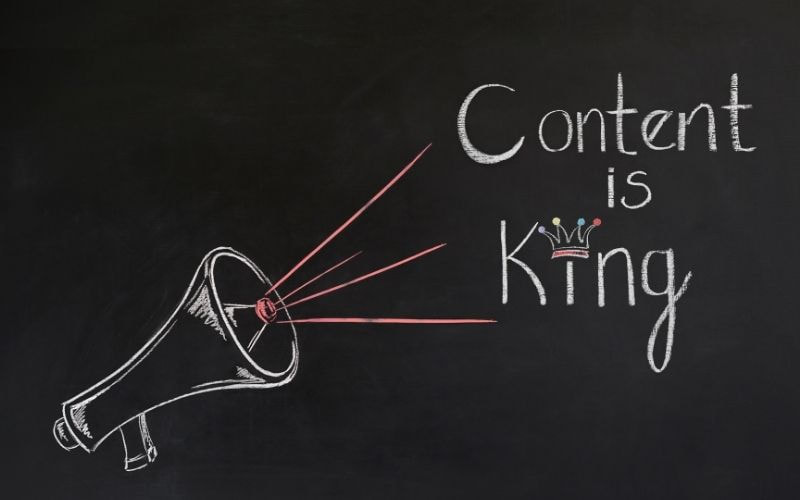


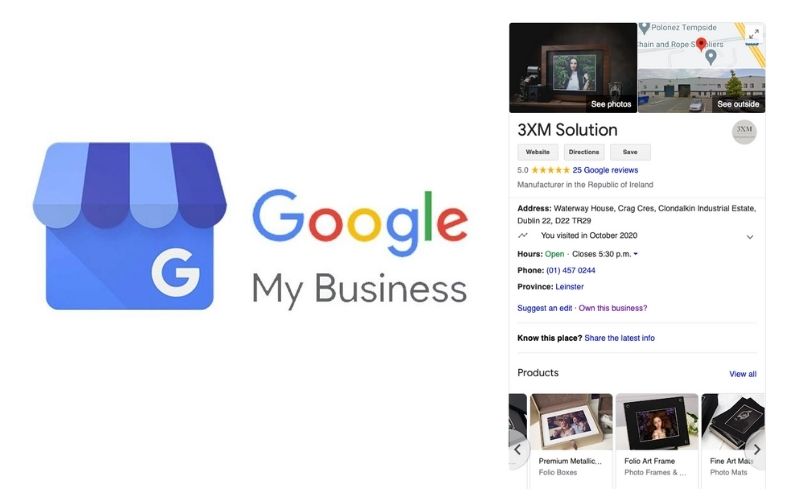
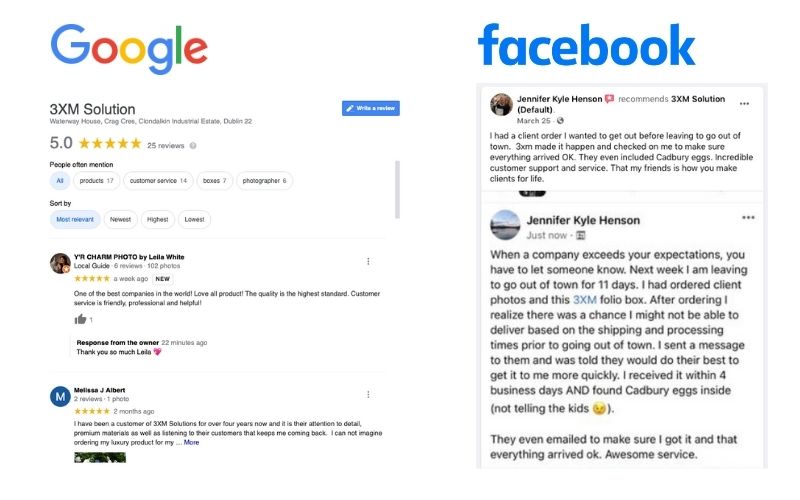


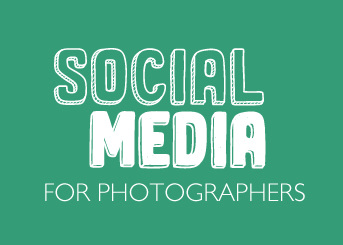

 RSS Feed
RSS Feed